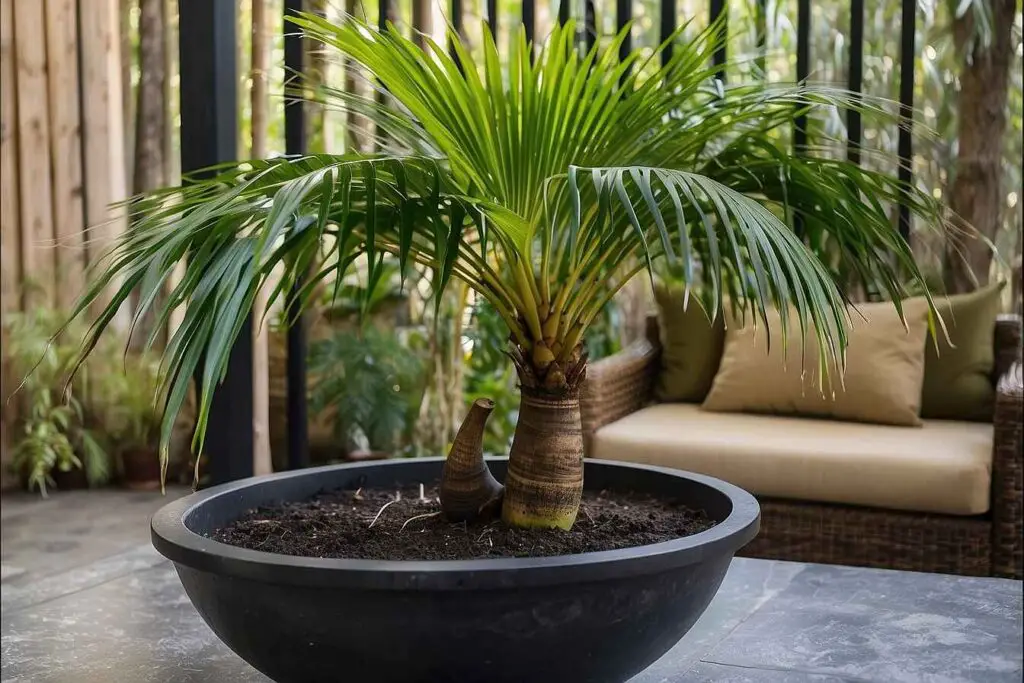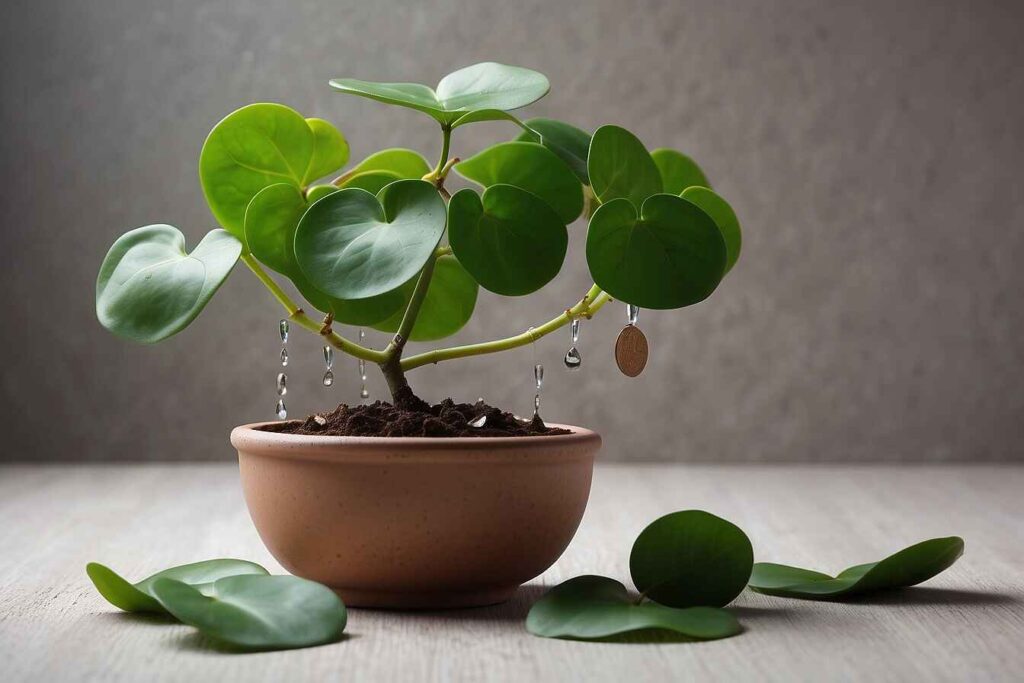Snake plants, also called Sansevieria, are very popular for indoor gardens. These tropical plants have tall, sword-shaped leaves that make them look great in homes and offices. But snake plants also have some downsides that people should know about before getting one.
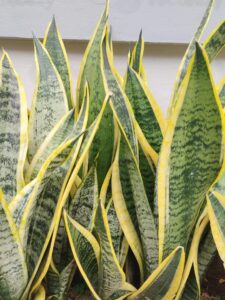
Knowing the downsides of snake plants is key to helping them grow well. In this article, we’ll look at the lesser-known cons of snake plants. This will show how they may impact their growth, care, and suitability for indoor spaces. Understanding these challenges will help readers better care for these popular houseplants.
Snake Plant Disadvantages
1.Toxicity Concerns

Snake plants can be harmful to people and pets. This is because they contain toxic substances like saponins and glycosides. These substances can be dangerous if ingested. Therefore, snake plants have some disadvantages to consider.
Snake plants have chemicals called saponins and glycosides. These chemicals can cause irritation and be toxic if humans or animals swallow them.
Ingesting snake plant leaves can cause problems. It may lead to mild stomach issues like nausea, vomiting, and diarrhea. In severe cases, it can also cause muscle weakness and trouble breathing.
Pets like cats and dogs can get sick from eating snake plants. If they eat these plants, they may vomit, have diarrhea, feel pain in their belly, shake, have seizures, or even fall into a coma.
Preventive actions are crucial to reduce the risk of accidental consumption and lessen the toxicity of snake plants. Snake plants should be kept out of children’s and dogs’ reach by being placed in secure or elevated settings. Instead, give pet-friendly houseplants some thought.
2. Slow Growth and Propagation Challenges
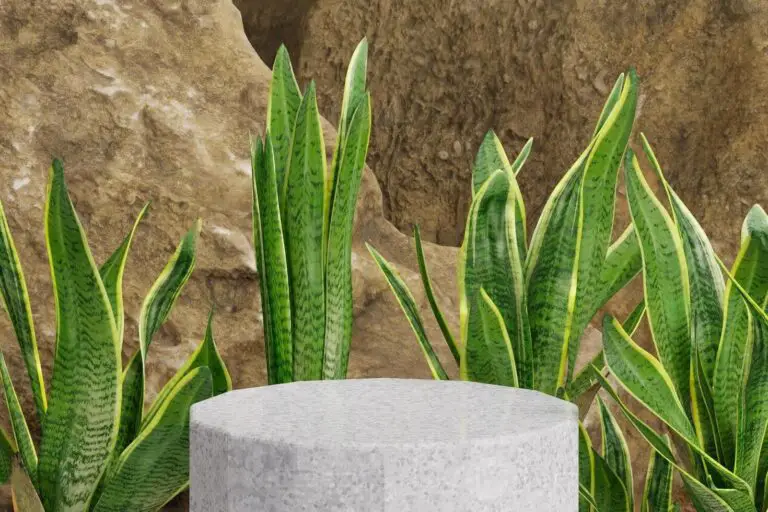
The disadvantages of snake plants arise from their distinct natural traits and go beyond their toxicity to include poor growth and difficulties in propagation.
Snake plants come from dry areas. They can survive in low light and with infrequent watering. This helps them grow slowly, as they save energy and resources to stay alive.
In indoor growing, slow plant growth can be tricky. Snake plants may grow slowly, which can frustrate gardeners. They may want the plants to grow quickly and fill a space with lush leaves. But the slow growth of snake plants can make this difficult.
To promote healthy growth and deal with spread problems, there are some strategies to use. Giving enough indirect light is key for growth and strong leaves.
Proper watering practices are important for snake plants. Let the soil dry out between waterings. This encourages root growth and prevents root rot. When propagating snake plants, be patient. It can take weeks or months for cuttings to grow roots. Using leaf cuttings or division can improve your chances of successful propagation and getting new plants over time.
3. Superstitions and Cultural Beliefs
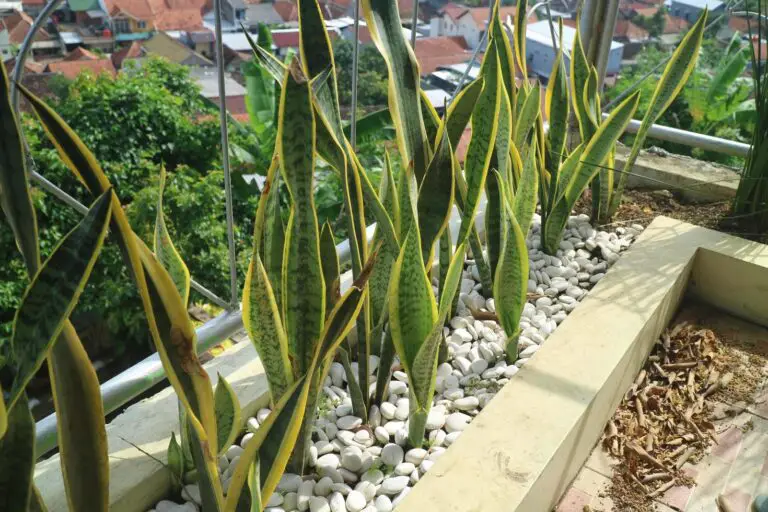
Snake plants have some downsides beyond their physical traits. There are also superstitions and cultural beliefs that affect how people view this popular houseplant.
Common beliefs about snake plants are that they bring bad luck and negative energy. In some cultures, snake plants look like snakes, which are often seen as dangerous or evil. This has led to the idea that keeping these plants inside your home can attract misfortune or harm. However, these superstitions are not based on facts.
Cultural views on caring for snake plants differ a lot. In Feng Shui, a Chinese practice, snake plants may not be allowed in certain home areas. This is because of beliefs about their energy and effect on luck.
Despite these beliefs, studies show that snake plants have air-purifying abilities. They can filter out harmful toxins and improve indoor air quality. Snake plants are also very resilient and low-maintenance. This makes them great indoor plants for gardening enthusiasts who want greenery without extra work.
People can make educated decisions on how to care for and arrange snake plants in their homes by critically analyzing cultural myths and superstitions around them in addition to taking scientific data into account. Respecting local customs aside, it’s critical to acknowledge the advantages of snake plants and value their distinctive characteristics when using them indoors.
4. Potting Issues and Leaf Maintenance
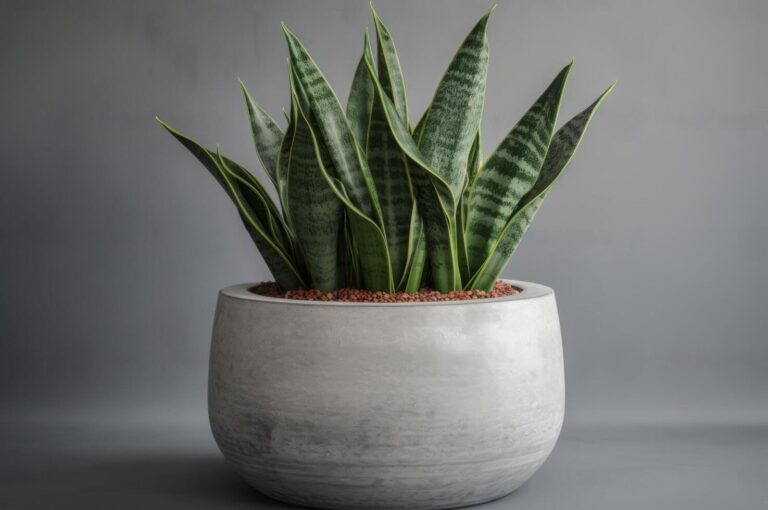
Snake plants can have some downsides. Caring for their potting and leaves can affect the health and look of these strong indoor plants.
Common problems with potting, like too much water and poor soil drainage, can cause leaf issues in snake plants. Overwatering leads to wet soil, which causes root rot and makes it hard for the plant to support its leaves. Soil without good drainage also holds too much moisture, harming the roots and making the leaves deteriorate.
Fallen leaves in snake plants can cause problems. They may look unappealing. They can also signal health issues like root rot or weak roots. This doesn’t just affect the plant’s appearance. It also shows problems that need to be fixed right away.
To address potting problems and keep leaves healthy, it’s important to follow good care and maintenance. First, plant snake plants in soil that drains well to prevent waterlogging. Use pots with holes to let extra water out, and don’t overwater by waiting for soil to dry between waterings.
Check the plant frequently for indications of stress or deteriorating leaves, and take quick action to stop any problems before they get worse. If you notice fallen leaves, evaluate the condition of the plant’s roots and modify your watering schedule accordingly. Stake erect weak or drooping stems to provide them more support, and if the plant is root-bound, transplant it into a larger container.
People may guarantee the durability and vitality of their snake plants and take pleasure in their beauty and air-purifying properties for many years to come by taking care of potting concerns and maintaining their leaves properly.
5. Flowering Challenges and Propagation Issues
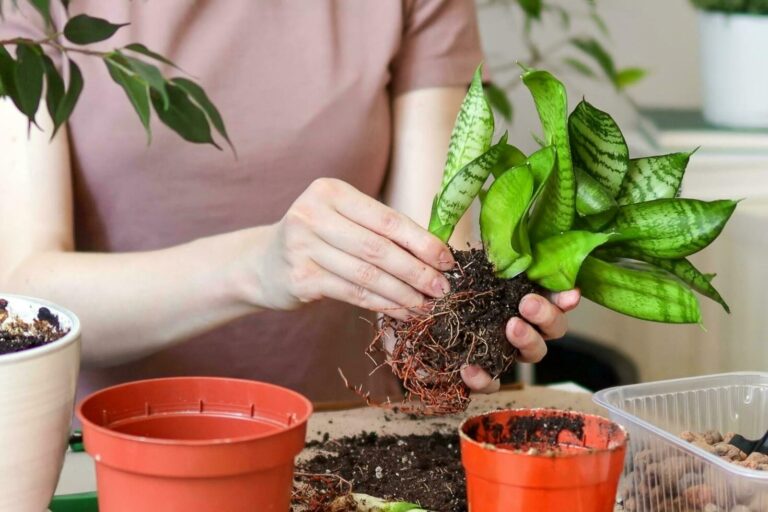
Flowering snake plants can be tricky. Enthusiasts may face challenges with flower growth and plant propagation. These issues add complexity to caring for these tough houseplants.
The slow flowering process of snake plants is affected by different things, including the environment and how old the plant is. Snake plants usually bloom slowly, with some types taking years to make flowers, if they bloom at all. Factors like not enough light, lack of nutrients, and crowded roots can also delay or stop the flowering.
Propagating snake plants can be tricky. The roots grow slowly, and the plants are prone to root rot. Cuttings from mature plants may take weeks or months to grow roots. This makes propagation time-consuming. Snake plants also easily get root rot if they’re overwatered or planted in soil that doesn’t drain well. This can make successful propagation difficult.
To overcome propagation issues and encourage flowering in snake plants, you can try different methods. Instead of only using stem cuttings, consider leaf cuttings or division. Leaf cuttings can develop roots faster than stem cuttings. Division allows you to separate healthy plant sections with established roots. These alternative strategies can help promote flowering in snake plants more effectively.
To get snake plants to flower, give them the right conditions. This includes plenty of sunlight, soil that drains well, and occasional fertilizing. Flowering may not happen often, but keeping the plant healthy can make it more likely to bloom. This will make your snake plants look even nicer.
6. Temperature Sensitivity and Environmental Factors
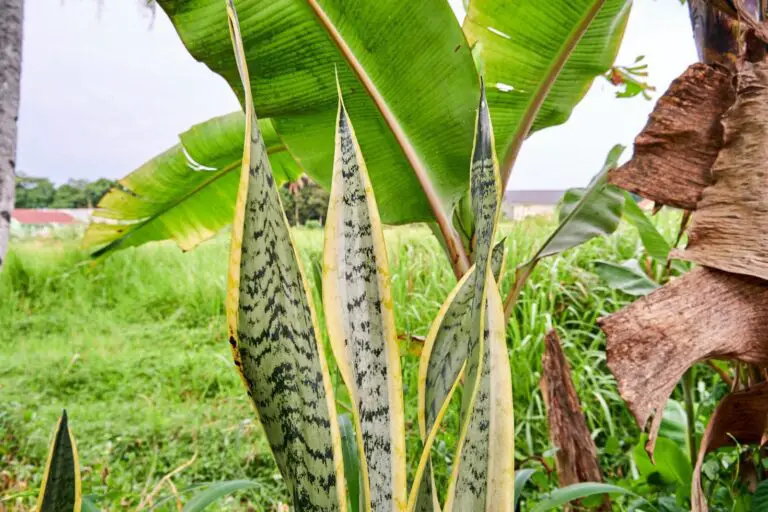
Temperature and environmental factors greatly affect the growth and health of snake plants. This can be challenging for growing them indoors or outdoors. Snake plants are sensitive to temperature changes. The right environment is key for their wellbeing.
Snake plants need a specific temperature range for best growth and health. They like daytime temperatures between 55 and 85 degrees Fahrenheit. At night, they prefer a bit cooler, between 50 and 75 degrees Fahrenheit. These temperature needs match the warm and humid conditions of their native tropical homes.
Extreme temperatures can harm snake plants. Freezing weather can damage the leaves. This can even kill the plant. Hot weather also stresses snake plants. Growers must protect their plants from both cold and heat.
Maintaining the right temperature is key for keeping snake plants healthy both inside and outside. Indoors, place snake plants in areas with steady room temperatures. Avoid spots near drafts or heating vents that cause big changes in temperature. Outdoors, watch the weather closely. Bring plants inside when it’s very cold. Provide shade when it’s very hot.
7. Pest Infestations and Disease Management
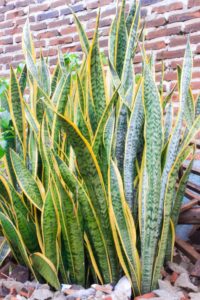
Pest problems and diseases can hurt snake plants. You need to watch them closely and take steps to keep the plants healthy.
Common pests that can harm snake plants include mealybugs, spider mites, and scale insects. These pests can infest the leaves and stems, causing damage and weakening the plant. .Snake plants can also get fungal diseases like red leaf spot and southern blight. These make the leaves discolored or start to decay. .Bacterial infections like soft rot and bacterial leaf spot are also risks for snake plants. These lead to tissue damage and the plant deteriorating. .The key is to watch out for these common pests and diseases. Catching them early can help keep your snake plant healthy and thriving.
Symptoms of pest problems and diseases in snake plants may include: .- Wilting leaves .- Yellowing or browning leaves .- Visible pests or webs on the plant .- Rotting or mushy plant tissue . .These signs show there are issues that need quick attention. This prevents more damage and the spread of pests or diseases.
Checking your snake plants regularly helps you catch pests or diseases early. Look closely at the underside of leaves and where pests like to hide. You can also introduce natural pest controls like ladybugs or predatory mites. Taking good care of your plants is the best way to prevent and manage problems.
For fungal diseases, you should: .- Improve air circulation around plants .- Avoid watering from above .- Remove affected plant parts quickly to stop spores from spreading .Apply fungicide as needed, following the label instructions carefully. Bacterial infections may need treatment with bactericides or pruning of affected areas to stop the spread.
Proper watering, avoiding overcrowding, and giving plants enough sunlight can help them stay healthy. This makes them stronger against pests and diseases. Clean and sanitize your gardening tools and containers regularly. This reduces the risk of spreading contamination.
By being proactive, enthusiasts can keep their snake plants healthy and strong. Taking steps to manage pests and diseases is important. This helps the plants continue growing well, whether they are kept inside or outside.
8. Overwatering Risks and Watering Practices

Overwatering snake plants can cause major problems. It can lead to root rot, leaves turning brown, and the plant becoming unhealthy. Knowing how to water snake plants properly is key to keeping them healthy and avoiding these issues.
Excess water in the soil can cause root rot. This happens when the plant’s roots get too much water and start to decay. As the roots deteriorate, they lose their ability to absorb nutrients and water. This makes it hard for the plant to grow and stay healthy. Overwatering can also lead to leaves turning yellow, brown, or black, which shows the plant is stressed from too much water.
Finding the right amount to water is key for snake plant care. This helps keep the soil moist enough for the plant to grow well. Things like temperature, humidity, and light affect how fast the soil dries out and how much water the plant needs. You’ll need to adjust how often you water based on these factors.
Guidelines for proper watering include allowing the soil to partially dry out between waterings. This prevents waterlogged soil and root suffocation. Use well-draining potting soil. This helps excess water drain. Avoid using pots without drainage holes. Pots without holes can trap water and cause root rot.
Monitor soil moisture often by putting your finger in the soil or using a moisture meter. Water plants well, making sure water reaches the roots, but don’t make the soil too wet. Empty any extra water from saucers or trays to stop water buildup around the roots.
During active growth seasons like spring and summer, water your plants more often. This helps meet their higher water needs. In fall and winter when plants are dormant, reduce watering. This prevents waterlogged soil and root rot.
You may be interested in reading Cucumber Plant Leaves Turning White
FAQs
1. Are snake plants poisonous to humans and pets?
Yes, snake plants have toxic substances like saponins and glycosides. These can cause problems if a lot is eaten. It’s important to keep snake plants away from children and pets to stop them from eating them.
2. Are snake plants poisonous to humans and pets?
Humans may experience nausea, vomiting, diarrhea, stomach pain, and skin irritation as a result of snake plant toxicity. Pets may have tremors, seizures, vomiting, diarrhea, stomach pain, and coma as symptoms.
3. Why do snake plants grow slowly indoors?
Because they are naturally adapted to dry environments, snake plants grow slowly indoors. This is because they require little light. Their poor growth rate can be attributed to restricted root growth in containers and limited exposure to light.
